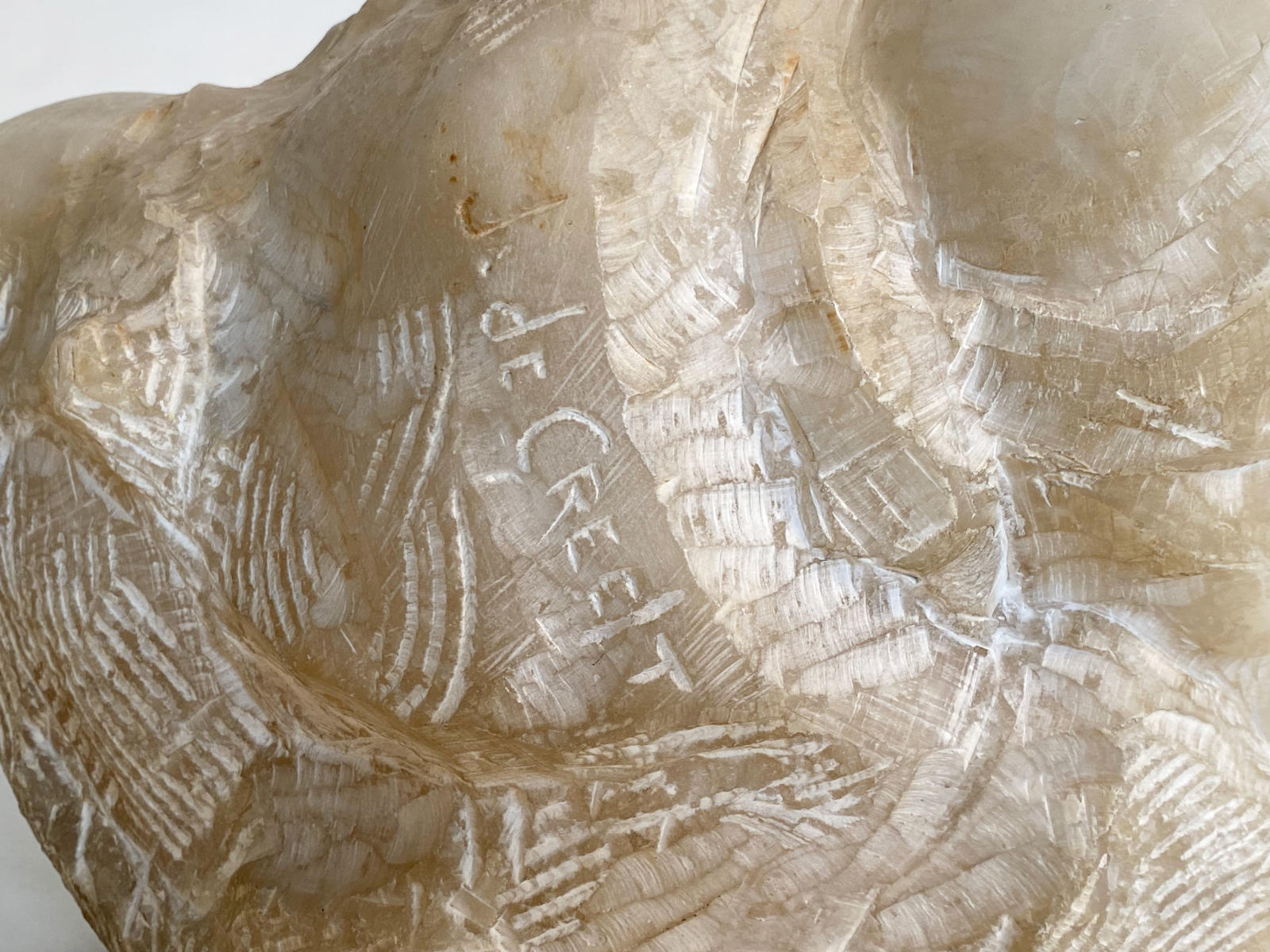artist
"I make sculpture in stone . . . in any material, because it excites me to make sculpture. It is my life, it is my way to talk . . . to express myself. How should I explain anything further about it? I explain myself completely in my work. Instead of words, I use forms. The forms are my total expression . . ."
—de Creeft, July 1972
Jose De Creeft is one of the finest international sculptors of the twentieth century who worked in a direct carve manner in stone. He had a strong style of his own but one that relates to such American sculptors as Flanagan, Laurent and Zorach. However, De Creeft had a farther reach than just being an American sculptor, as he was Spanish born and throughout his career exhibited in avant-garde venues in Europe with Lipchitz, Despiau and Bourdelle to name a few. He formed friendships with Picasso and Gris who saw talent in his work, during the years he lived in France. It is significant to note that De Creeft sought the advice of Rodin who urged him to enroll at the Academie Julien in Paris. They had a competition for a figure in half-size and De Creeft won the First Prize, the first of many awards to come. In 1942 he won the First Prize at the Metropolitan Museum competition Artists for Victory. He taught at the Art Students League in New York and is represented in many museum collections.
Description
The stylized, placid face of Ecstasy, as well as the contrast between smooth and rough-hewn stone, are typical of de Creeft’s hand and instantly recognizable. Its natural alabaster inclusions and the generally fragmentized feel of the piece are both essential to its aesthetic and classic de Creeft. The Guadalajara-born sculptor studied alongside Rodin at the Académie Julian starting in 1905 and would eventually become Alexander Calder’s tutor in direct carving. Ecstasy was undoubtedly inspired by a wide variety of influences that had a profound effect on his work, including his early employment at the young age of six earning pennies by carrying stones to aid the construction of Gaudí’s Sagrada Familia, and an inspiring encounter with Inuit sculptors in Madrid’s El Retiro Park during the nascency of his career.
Towards the mid-20th century, de Creeft was working within a group of Spanish expatriate artists in New York, including Vicente and Dalí. 1956, the year he carved Ecstasy—using the method of direct carving of which he was a firm proponent—marked the year he gained representation at the Contemporary Galleries in New York City. He would exhibit biannually there until 1966. In the 1950s de Creeft received numerous public commissions, including an eight-foot granite Poetess for the city of Philadelphia in 1951 and his famous 16-foot Alice in Wonderland climbing sculpture cast in 1959 for Central Park. Ecstasy can therefore be traced to one of the most prolific and noteworthy periods in de Creeft’s career.
provenance
*Ecstasy was originally a part of the Schulhof Collection, founded by the couple Hannelore and Rudolph Schulhof and begun a few years into their marriage in the 1950s. The established collection is known for exceptional Postwar works including pieces by Johns, Rothko, and Twombly, to name a few. As Hannelore Schulhof stated in 2011, “Art is almost like a religion. It is what I believe in… it is what gives my life dimension beyond the material world.”











